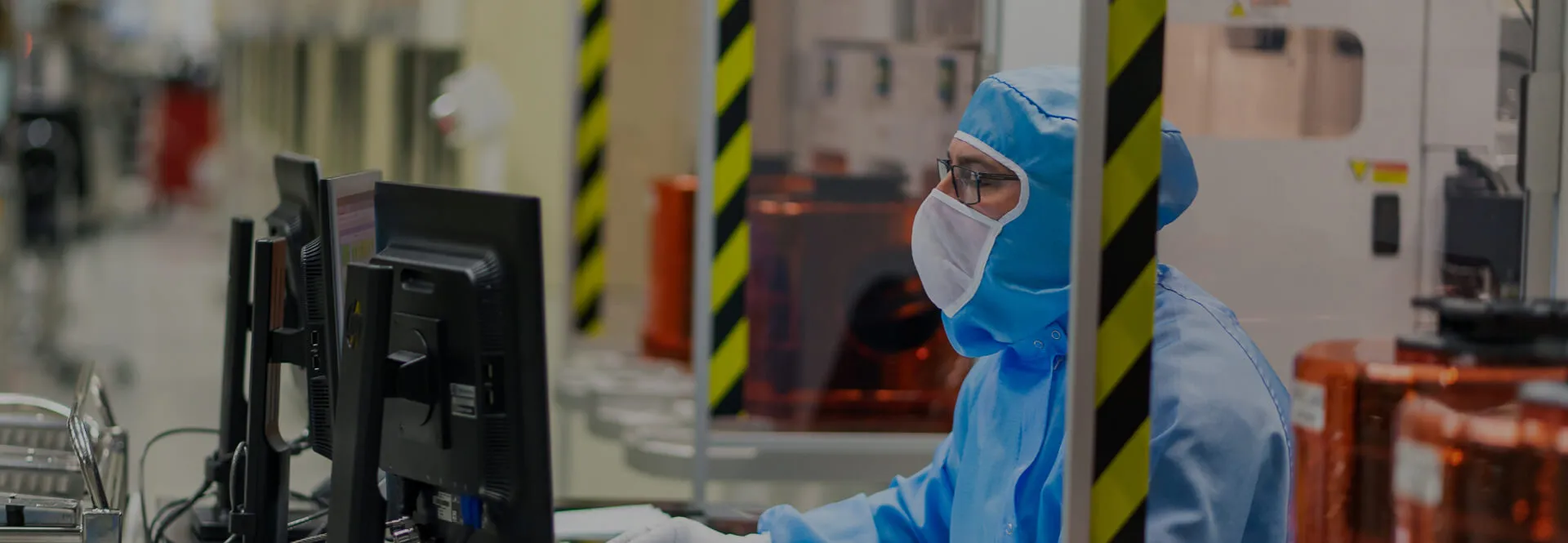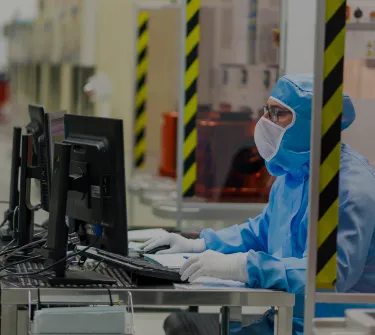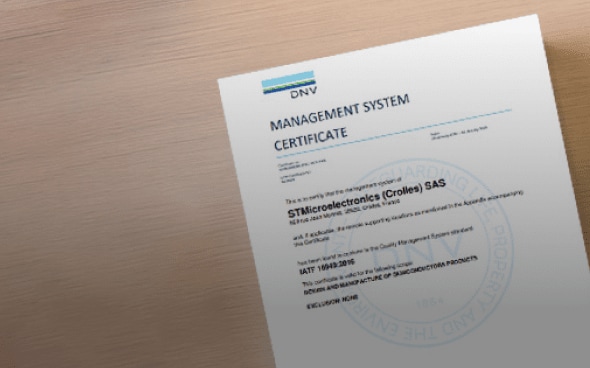品質 & 信頼性



高信頼 200,000+ STの
ソリューションを
利用している
お客様
革新的 50,000名 STの開発・
製造部門
従業員数
グローバル 14 世界各地の
主要製造拠点
市場で最高の性能、安全性、
信頼性を備えた
ソリューションの開発に
全力で取り組んでいます。



品質は、お客様に価値を、 STにビジネスを生み出します。
Nicolas Yackowlew - 品質・信頼性担当 エグゼクティブ・バイスプレジデント
ビジョン
STの品質を最高水準まで高め、
お客様の価値あるアセットとなる。
ミッション
STが事業展開する市場における
最も厳しい品質要件と信頼性要件を
満たす製品づくりに努める。
バリュー
卓越性の追求:
強み、チームワーク、レジリエンス、
イノベーション、価値、専門性

